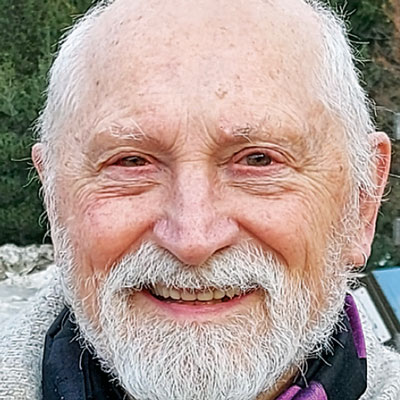In this article, I would like to expand on last month’s article: how the sublime in art can be better understood, by critiquing some examples of modern art. But before we do that, let’s first discuss how art should be approached.
We have all probably had the experience of going to an art museum. And in previous articles, I have discussed how, ideally, to appreciate art we need to spend time in its presence.
I think that many people who go to Art Museums or visit churches for their historic value, do not sit down for long and just be in the “ambiance” of the place. They often will have their nose stuck in an information brochure or listening to a museum docent. To experience the sublime in art, one has to take time to pause and ponder; examine the details, as well as the whole. This is very apparent when approaching abstract or modern works of art.
According to the Tate Museum, “In 1886 the philosopher Friedrich Nietzsche declared that the sublime was out of date. A number of artists of the early and mid-twentieth century continued to engage with concepts of the sublime, though often in ways that led ultimately to these ideas being questioned, mocked or spurned. However, it remains possible to locate a distinctively modern sense of the sublime in the works of such artists as Malevich, Rothko, Newman and Smithson.”
If you are interested to know more about these artists, check out the Tate Museum’s website: https://www.tate.org.uk/art/research-publications/the-sublime/the-modern-sublime-r1109223/
For the purposes of this article, which is intended for the Easter edition of The HighWay, I would like to talk about a series of paintings by Barnett Newman; specifically, “The Stations of the Cross.”
Often, icons are used to meditate with during Easter, pictorially representing the “Stations of the Cross.” Barnett Newman’s paintings are large paintings on raw canvas, with what appears to be a few vertical black, white and grey stripes.
In an essay, Philip Shaw explains that “Newman, while fully aware of the religious cognates of his work, urges contemporary artists to free themselves from ‘the impediments of memory, association, nostalgia, legend [and] myth … Instead of making cathedrals out of Christ, man, or “life”, ‘we are’, he insists, ‘making it out of ourselves, out of our own feelings.’”
When I call them “Stations of the Cross,” he said, “I am saying that these paintings mean something beyond their formal extremes… What I’m saying is that my painting is physical and my life is also metaphysical.”
With respect to his lack of colour in these paintings, Newman said, “Tragedy demands black, white, and grey. I couldn’t paint a green passion, but I did try to make raw canvas into a colour. That was my problem — to get the quality of colour without using colour. A painter should try to paint the impossible.”
An essay by Newman “The Sublime is Now” can download from:
https://www.scribd.com/document/116536460/Newman-The-Sublime-is-Now#
Barnett Newman was born in New York to a Jewish family who had emigrated from Poland five years before his birth (1905). He studied art and earned a philosophy degree from City College of New York. The “Stations of the Cross” were his first solo exhibition at a public gallery (Guggenheim Museum, 1966). Newman died in 1970. There are examples of his work in the National Gallery in Ottawa.



